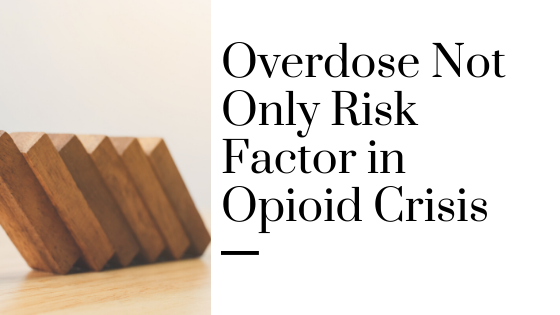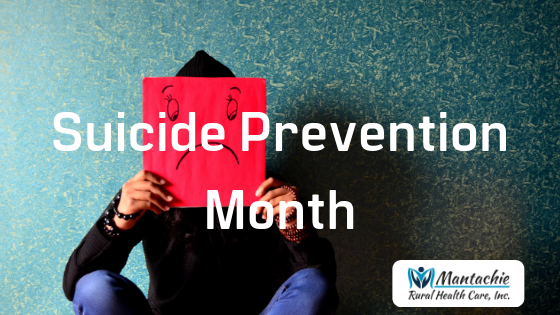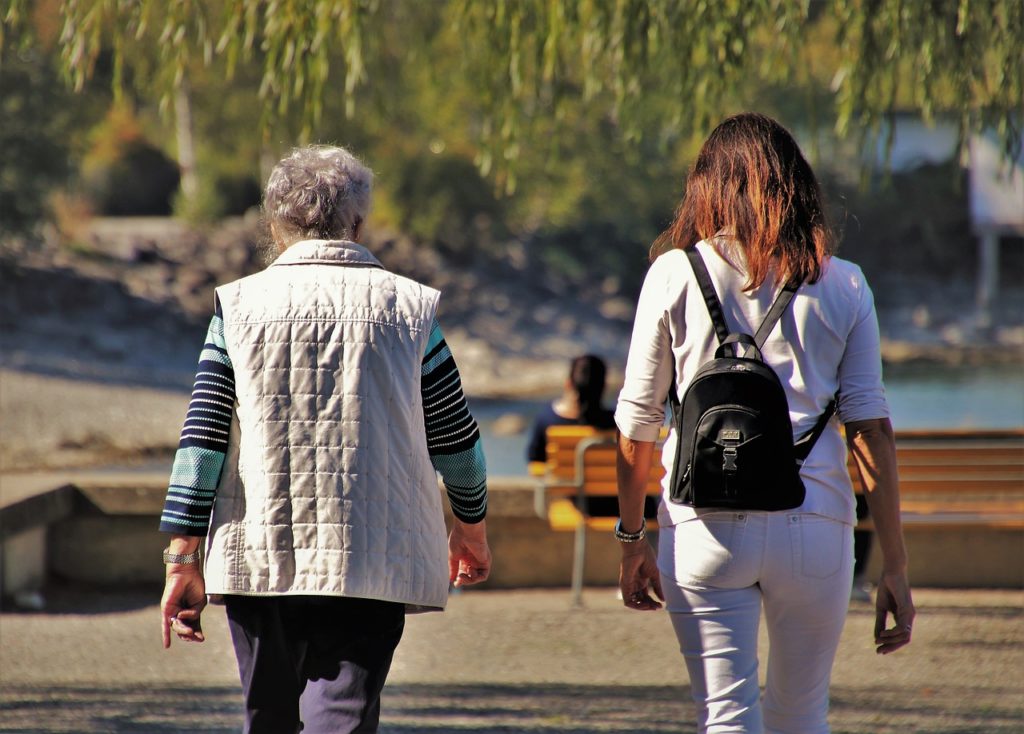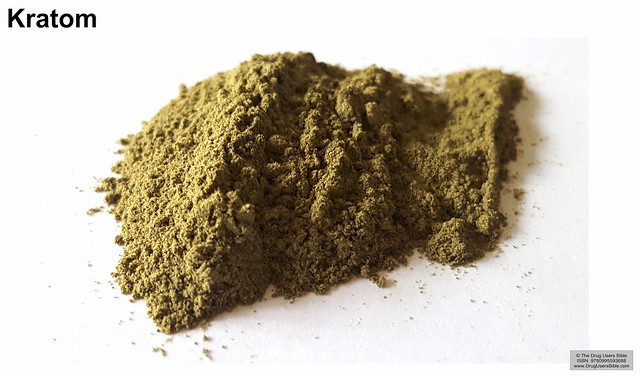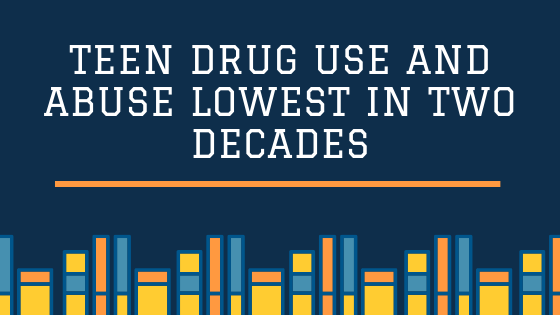
In a bit of good news, teen drug use and abuse is holding steady at the lowest levels in two decades! We’re excited to Gen Z leading healthier lifestyles that don’t involve alcohol, drugs, or tobacco. Just because more teens than ever are choosing to avoid drugs doesn’t mean the issue has completely gone away. Parents of teens must continue to be aware of the most commonly used drugs by teens and attentive to their teen’s behavior.
Every generation has a drug of choice, usually due to ease of access and sometimes media popularity. Gen Z’s no different. According to a Monitoring the Future survey of teens about drug use, the following substances topped the list of most commonly used and abused drugs.
Alcohol
Although alcohol use among teens has declined steadily since 1980, it remains the most commonly used and abused substance. The majority of adults who enter treatment programs for alcohol abuse began drinking before age 17. Currently, 33% of 12th graders, 19.7% of 10th graders, and 8% of 8th graders reported having used alcohol in the last 30 days.
Marijuana
The next most popular substance among teens is marijuana. As states pass medical and recreational marijuana laws, the substance becomes easier to access. In 2017 (the latest year for which we have data), 22.5% of high school seniors reported using marijuana. In 2016, the number of teens using marijuana surpassed those smoking cigarettes. The younger a person is when they began to experiment with marijuana, the more likely they are to experience negative side effects over their lifetime. Although laws regarding this substance for adults continue to change, it’s important to discourage the use of the substance among teens.
Tobacco
E-cigarettes and other tobacco products fill the number 3 and 4 spots on the list of most commonly used and abused substances by teens. Vaping is more easily concealed than smoking cigarettes and, when available, flavored e-cigarettes were an appealing alternative to other tobacco products. In the survey, 27.8% of high school seniors reported vaping in the last thirty days. In comparison, only 8% of high school students report smoking cigarettes in the last 30 days.
Opioids
We started with good news and we’ll end with good news. Opioid use among teens continues to decline. Among high school seniors, 4.7% reported misusing opioids (taking them not according to or without a prescription). This does not include heroin use. Most opioid misuse among teens is from prescription drugs not heroin. The number of teens misusing opioids does grow as teens reach 18.
Through all this good news, we must continue to talk to our teens about the dangers of drug use. Some teens use drugs to fit in with a social crowd, while others may use it as an escape for their current situation.
Everyone’s excited to share a little good news, especially during a time when bad news is so prevalent. However, if your child is part of the percent using or abusing these or any other substances the good news can be bittersweet.
If your teen is exhibiting changes in behavior, a lack of desire to participate in activities they previously enjoyed, or you find your teen using drugs or alcohol, reach out to our counselors or a teen addiction program. Finding help for your teen and your family is the first step toward healing.
Read more about the drugs most commonly used and misused by teens here.

